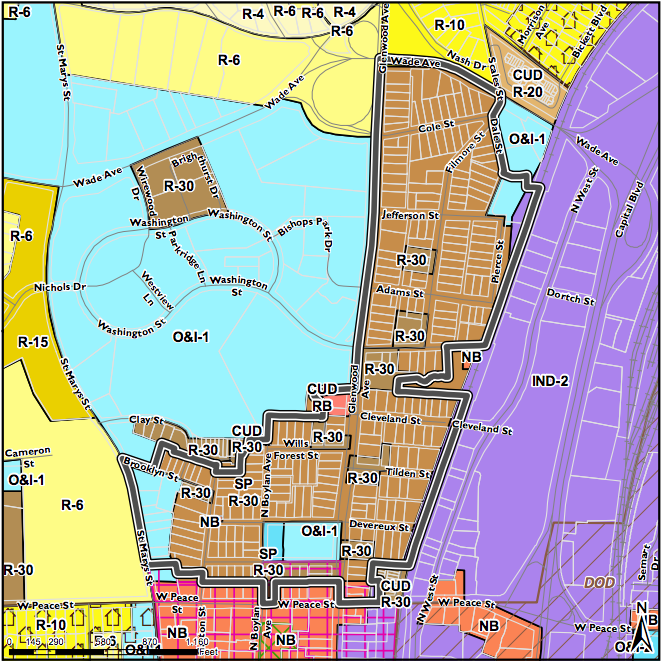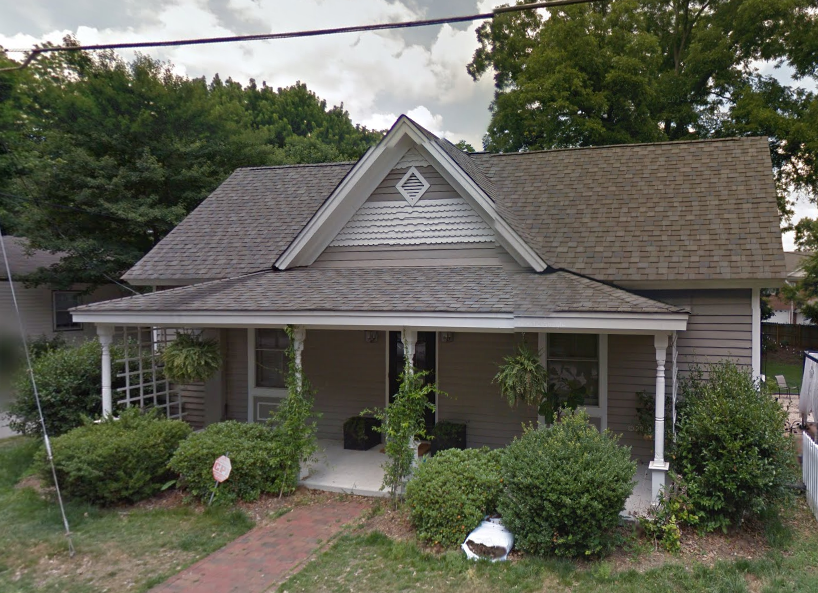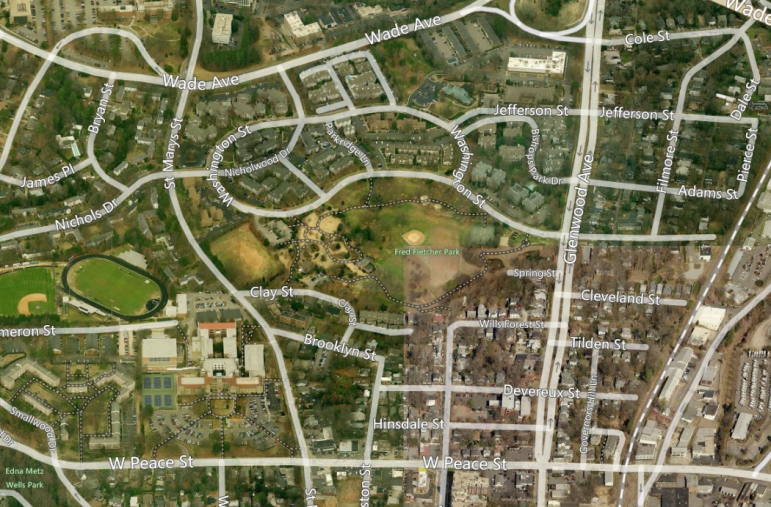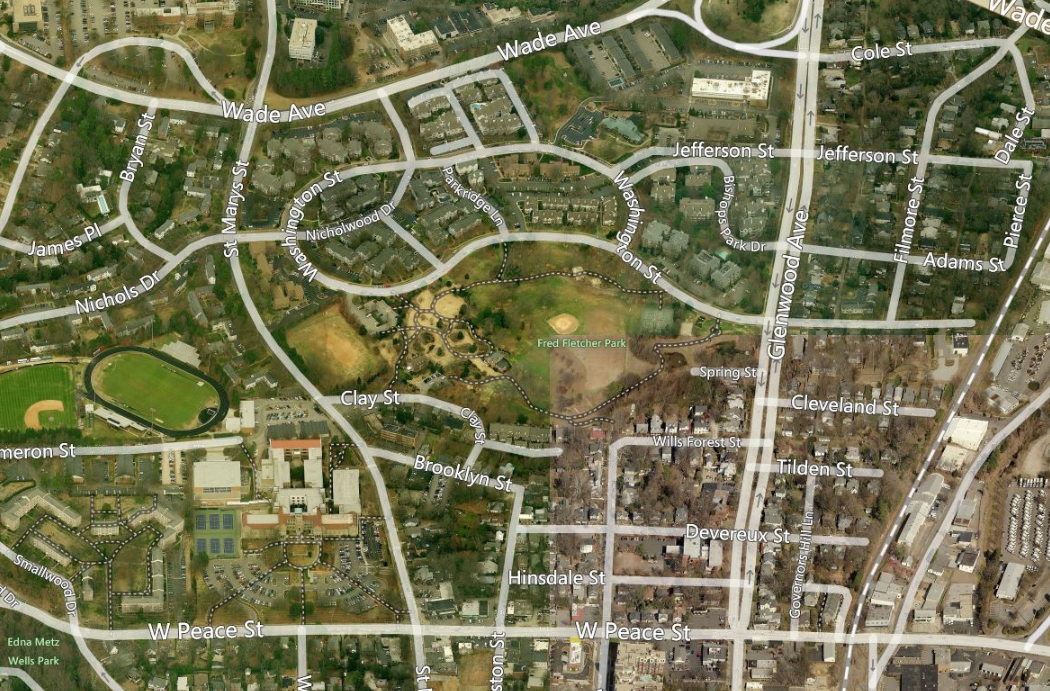Friday, January 29, 2016
Often when we talk about the impact of a new development or rezoning case on an existing neighborhood, it’s mostly in a hypothetical sense: will there be more traffic, how will this affect surrounding property values, etc.

City of Raleigh
Z-2-16
Zoning case Z-2-2016, however, will impact an entire neighborhood in a much different way.
The case would designate the Glenwood-Brooklyn neighborhood in central Raleigh as a Historic Overlay District. Located off Glenwood Avenue near Fred Fletcher Park, the neighborhood traces its roots back to the early 20th century.
According to a historic research report prepared by the city, the Glenwood-Brooklyn Historic Overlay District includes the Glenwood Historic District, which was listed in the National Register in 1985 and was expanded in 2001 to include most of the adjoining Brooklyn neighborhood.
These streetcar suburbs of Raleigh were developed by the Glenwood Land Company in the early 20th century. According to the report “the Glenwood-Brooklyn neighborhood in its present form was conceived in 1905-07, no resources are known to survive from before 1907.”

Google Maps
This house, first built in 1909, is one of the many historic homes in the district
It goes on to note that “On the basis of architectural significance the period of significance runs from 1907 to 1940 the approximate division point between the primarily historic styles that characterized development during the first half of the twentieth century and the styles that followed. Although the district has experienced some construction after 1940, these resources are not exceptionally significant and few in number.”
The development was apparently an immediate hit, as the report notes that Raleigh businessman Fred Olds wrote in the 1907 annual report of the Chamber of Commerce: “The northern suburb, Glenwood, has been developed remarkably. During the year 100 lots have been sold out of a total of 500, of which less than half so far have been put on the market. Contracts have been made for 26 residences … and these are built or underway.”
The historic overlay on Glenwood-Brooklyn would not change the underlying zoning for the 80 acres it encompasses. Rather, it would create a design review process for exterior changes on the front of the property. It would have limited application to changes made on the side of a property and would not apply to most rear changes.

Bing Maps
An overview map of the area proposed for rezoning
A meeting held in December to discuss the case drew 33 area residents, who raised questions such as whether this will affect chimneys. It will — provided the chimney 50 percent located in front of a house.
According to staff, the first 50 percent of an existing house in a historic overlay district is subject to a certificate of approval review process. Side additions and side-yard accessory buildings would also be reviewed.
A neighborhood survey found that 63 percent of residents were in favor of the Overlay designation, while only 4 percent were opposed. 5 percent had no opinion and 28 percent had no response.
